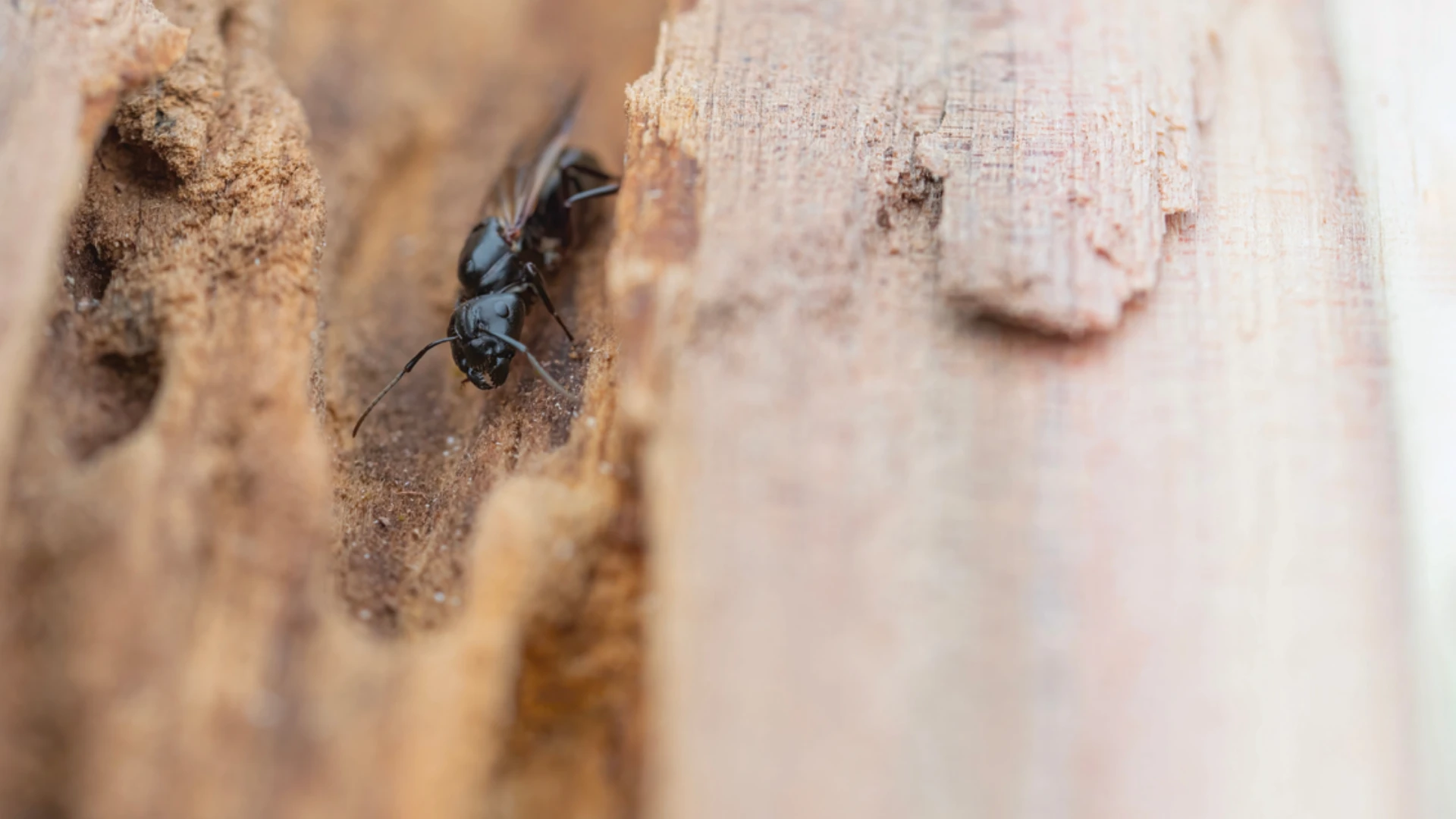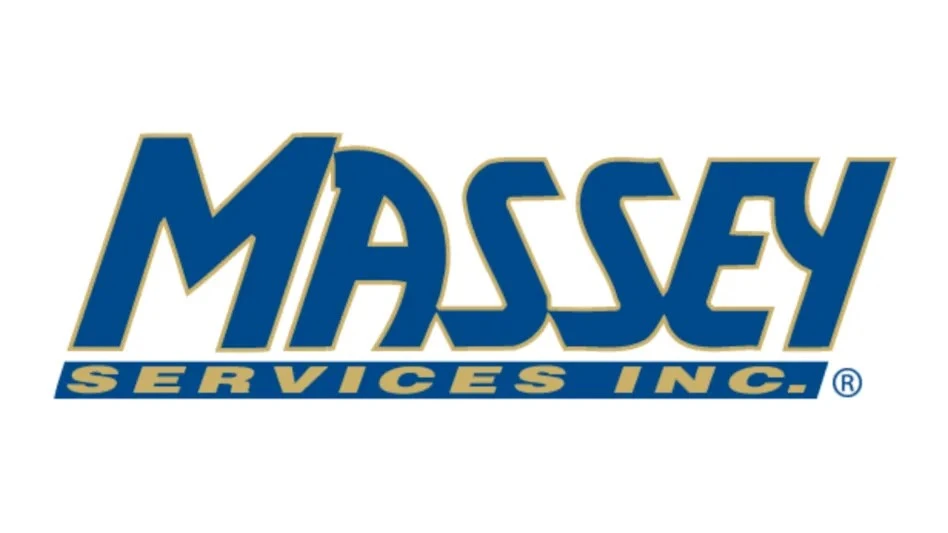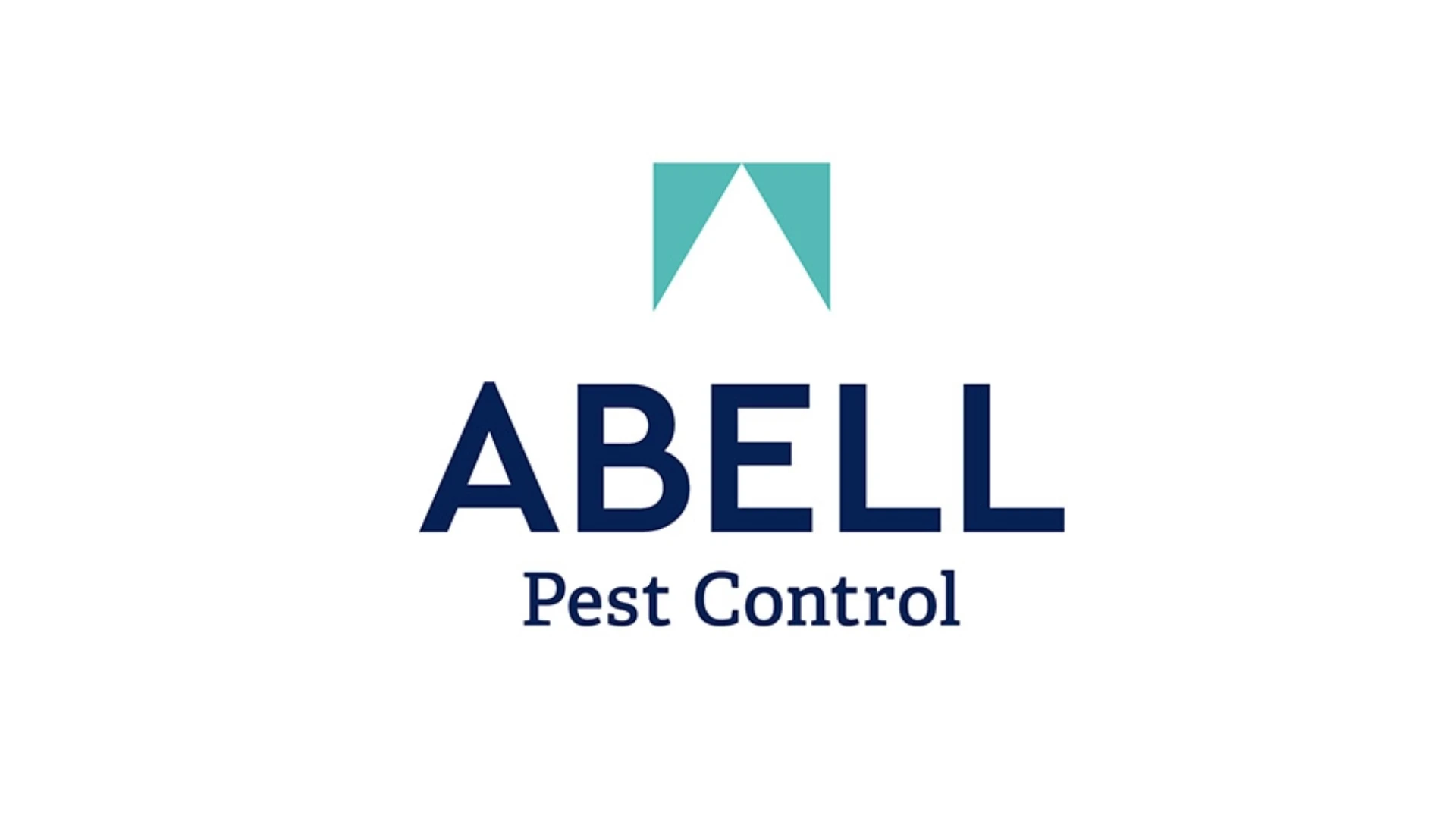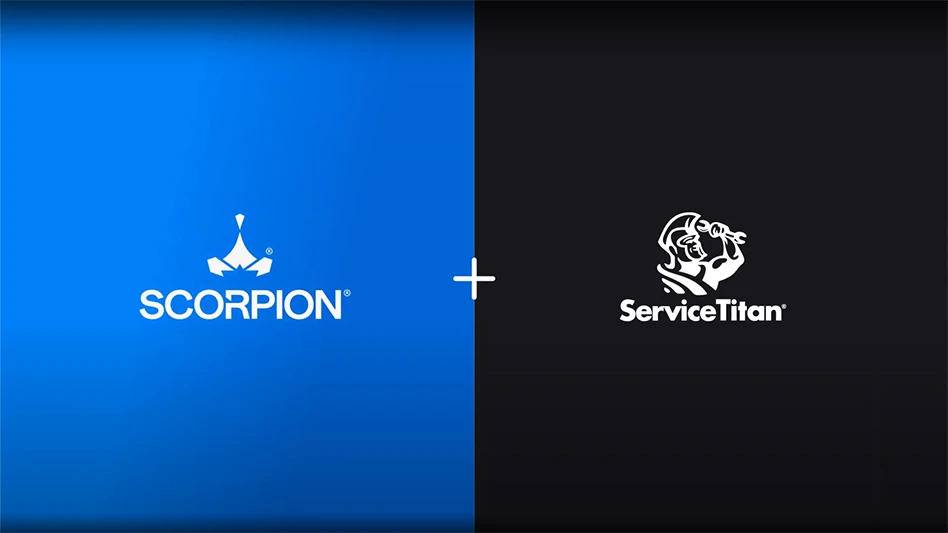
MENDHAM, N.J. – The U.S. structural pest control industry generated an estimated $7.466 billion in total service revenue in 2014, a 3.5 percent increase from the $7.213 billion measured in 2013. Since the Great Recession ended in 2009, the 5-year CAGR for total service revenue is 3.4 percent.
An estimated 8.75 million residential accounts were serviced either under an annual contract or as a “one-time cleanout” for household pests this past year. That represents slightly more than 25 percent of the ‘target market’ for professional pest control services in the U.S. The ‘target market’ is defined as households with annual income of $75,000.00 or more. There were another 3.75 million accounts serviced for control of termites, including those serviced under an annual renewal contract. “Assuming no overlap of services, that would bring the total residential accounts serviced to 36.3 percent of the ‘target market.’ The percentage of all U.S. households (2013 = 122,952,000) receiving professional pest control was slightly more than ten percent,” said Gary Curl, President.
Professional treatments to control bed bugs continued to expand in the U.S. Nationwide, 87.0 percent of the respondents said their company treated for bed bugs. Six of ten respondents primarily relied on insecticide treatments to control bed bugs. Slightly more than one in ten (11.6%) relied on heat treatments. Service revenue derived from controlling bed bugs increased 5.6 percent from the prior year, bringing total revenue earned from controlling this pest to more than $470 million. Single family homes and apartments were the primary leading types of accounts pest control operators treated for bed bugs, followed by hotels and motels. “We estimate that more than 725,000 bed bug jobs were completed in the U.S. this past year,” said Curl.
Nationwide, pest control operators reported robust growth in commercial GPC service revenue from the prior year. Total service revenue generated from termite work improved as well. There was a nearly four percent increase in the number of post-construction termite jobs completed. Improved pricing actions raised the average post-construction job 3.0 percent to $861.38 per treatment this past year. Pest control operators reported that more than 17 percent of their post-construction termite treatments were completed on commercial accounts this past year. Pre-construction termite treatment revenue increased on the strength of an 8.2 percent increase in privately owned new housing unit construction “starts.” More than 45 percent of all privately owned housing “starts” in the U.S. received a pre-construction termite treatment this past year.
While much has been written about the potential impact insect pollinators may have on the professional pest control industry, less than eight percent of respondents said it had a “major impact” on their business this past year. Only 2.9 percent of the respondents said the addition of the EPA’s pollinator protection language (the “Bee Box”) had changed their insecticide product purchases this past year. Slightly more than five percent of the respondents said they expect the language to alter their purchases in 2015.
The 2014 season market report is the 15th edition of A Strategic Analysis of the U.S. Structural Pest Control Industry. A total of 800 owners or managers of pest control companies were surveyed for this study. The market report forecasts pest control service revenue through 2016, and pesticide product category sales through 2019. The impact of the commercial and residential real estate market, mosquito and wildlife management services, changes in distribution, and pest control operators’ outlook for 2015 are just a few of the topics analyzed in this year’s report.
For more information visit http://www.spcresearch.com/.
Latest from Pest Control Technology
- Rose Pest Solutions Becomes Official Pest Provider of Chicago Fire FC
- WSPMA Hosts Legislative Day at Washington State Capitol
- A-1 Pest Control Marks 59 years in Business
- Hawaii PCO Shares Regulatory Challenges, Business Impacts from Lahaina Wildfires
- 5 Tips for Reducing Waste in the Office and in the Field
- OvoControl Now Available in Chile
- Envu Announces Savings Programs for Pest Management Professionals
- Follow the Trail





